How to Set Up a Sequential Fatigue Study Using Altair SimSolid
Check out this tutorial that walks you through how to set up a manual sequential fatigue study using Altair SimSolid.
Setting up a sequential fatigue study using Altair SimSolid is easier than you might think. In this post we will walk through how to manually set up the study. We will use a single part to illustrate the steps, but typically we see SimSolid used in applications with large assemblies, mainly because it allows users to get simulation data in minutes rather than days.
For our example, we have previously set up four studies as seen in Fig. 1 below. Essentially, the 4 studies apply loads that move the bottom cylinder holes in and out, then the other studies constrain the bottom cylinders and push the part back and forward.
Setting Up the Fatigue Study
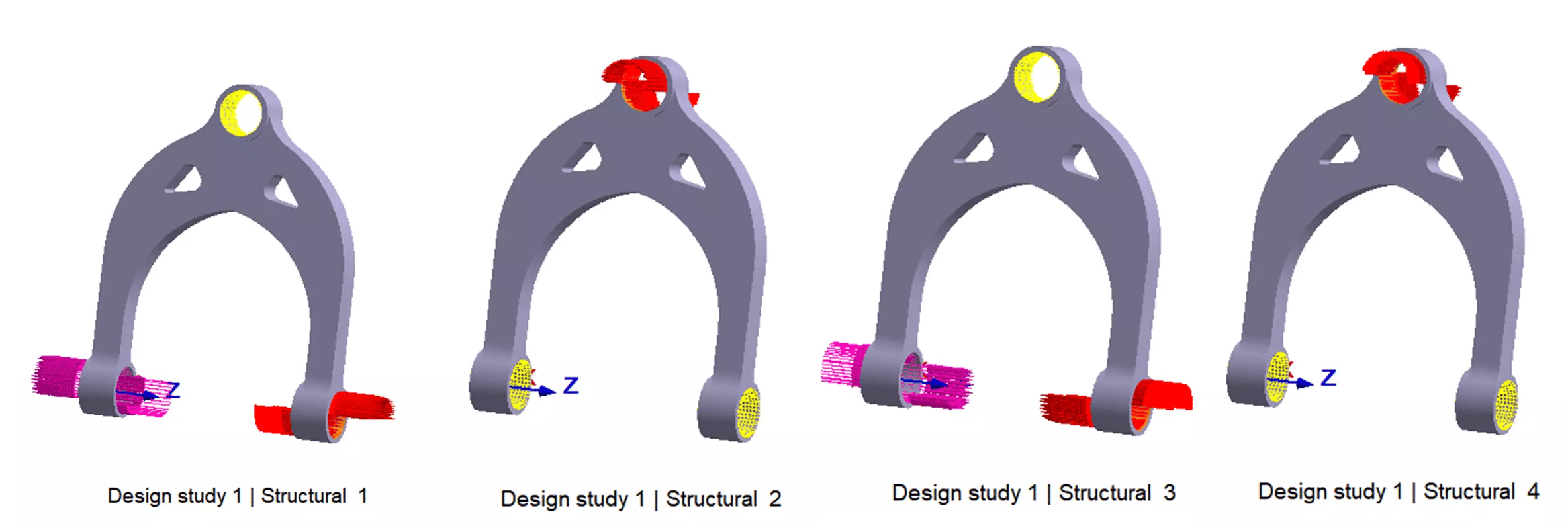 Fig 1: Setup of four initial studies
Fig 1: Setup of four initial studies
To start the setup of the fatigue study, locate the icon with a bent shape and a small "S" above it on the main ribbon, seen in Fig: 2 below. This dropdown gives you the options for different types of fatigue studies. Clicking on “SN Sequential” populates the project tree on the left side of the screen.
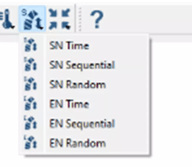 Fig 2: Fatigue study options
Fig 2: Fatigue study options
Within the fatigue study, users have the option to import a CSV file or manually create a sequence. For this example, we will manually create one by clicking on the icon with arrows pointing up and down, shown in the red box on the figure below. Rows are added for each of the four studies. The load scales and cycles are then adjusted accordingly.
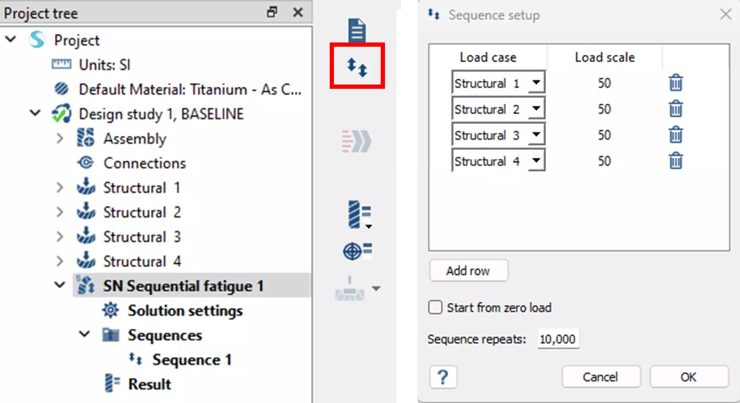 Fig 3: Setting up manual sequence
Fig 3: Setting up manual sequence
Defining the Material
The next step is to add a Stress-Life curve to the materials for our study. Click on the “Settings” menu and select “Material Database”. Since my part is made of steel, I am going to right click and copy the Steel material. Then click on the new material, “Steel-Copy” and click Edit Material. Find the “Curve definition method” dropdown, and set it to "Estimate from UTS” before applying the changes. Moving on to the solution settings for the sequence, the expert designates the copied material for the fatigue study.
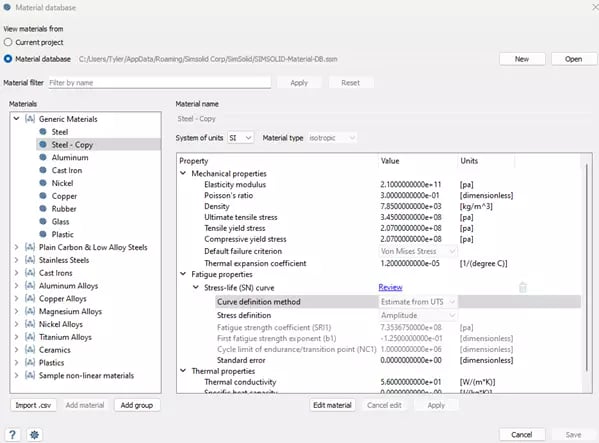 Fig 4: Material Database Menu
Fig 4: Material Database Menu
The last step on the material is to double click on Solution settings for your fatigue study, go to the Materials tab and set the copy material under “Material for fatigue analysis”.
 Fig 5: Material selection for fatigue study
Fig 5: Material selection for fatigue study
Running the Study
Now you can run the analysis. Users have the option to visualize the fatigue damage (percent of damage) or fatigue life (repeated loads).
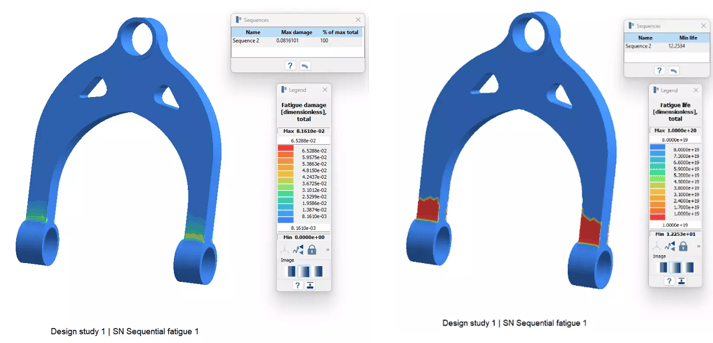 Fig 6: Fatigue Damage and Fatigue Life results
Fig 6: Fatigue Damage and Fatigue Life results
For more detailed information, use the “Pick Info” icon, which allows users to select a point on the part and more detailed information.
 Fig 7: Pick Info for detailed information
Fig 7: Pick Info for detailed information
Setting up a sequential fatigue study using Altair SimSolid is a straightforward process that can be accomplished in minutes. With its ability to deliver simulation results quickly, SimSolid is a valuable tool for analyzing large and small assemblies alike; linear or nonlinear geometry; and can even include plastic strain. If you have any further questions or would like to delve deeper into the topic, contact us at [email protected].

